Most flamencos know the frustration when an audiences tries to clap along with the complicated flamenco rhythms. This ocurred last night during the opening number of the performance, an intricate seguiriya rhythm. I thought to myself, uh-oh, hopefully they can’t keep this up too long. And luckily they didn’t. However, they did keep up their excitement and feedback with cheering, clapping at the ends of pieces and sections, and at almost every remate (culminating moment). And that fed us as performers. Our show last night was more like a conversation than a one sided monologue; we gave, the audience gave and the energy from both sides made the show one of our best yet.
As we enter and exit through the stage door, we never come into contact with the audience and one can almost forget that there is an audience in front of the stage. When I first started flamenco, expressing something to the audience was my main goal, yet in the last few years I’d forgotten about the audience. There’s always that saying, “Dance like no one is watching,” but is that really why we dance? Or why I dance? Yes, I love to dance regardless of there being an audience or not; dancing is what makes me feel alive. Yet we perform in order to connect with the audience, to transmit something. It’s not that we shouldn’t be caught up in the technique, but we can’t forget why technique is there. And I think technique is there to allow us to clearly express something to the audience. I guess I’ve been caught up in the steps and the technique for a while now and had forgotten why I need technique. Which isn’t to say I don’t still need to keep working at technique–that is a definite must–I just need to keep in mind the purpose technique serves.
| A still from the hardest part of the show for me. I’m still working on my technique for this part and I am now able to interpret this at least a bit. |


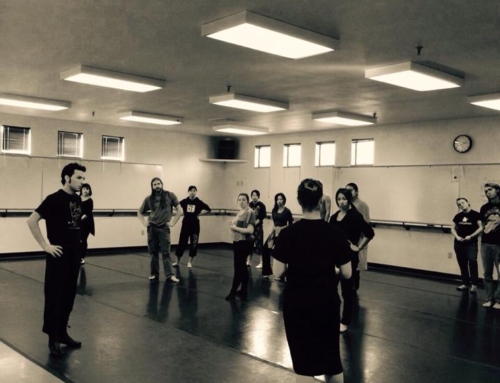
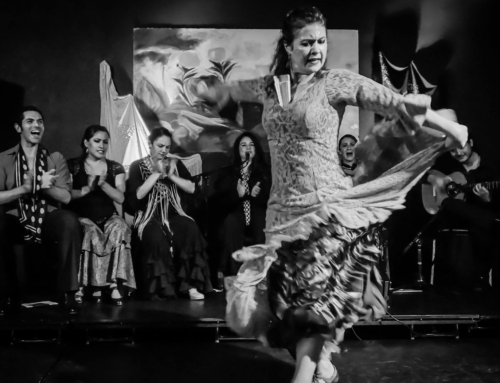



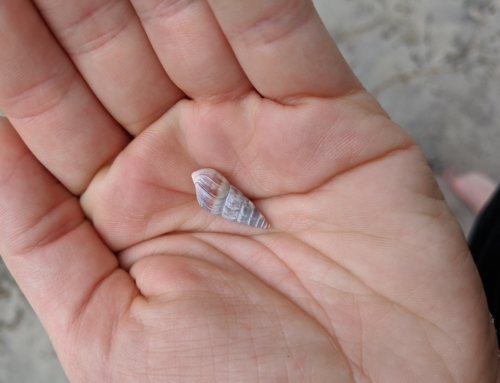
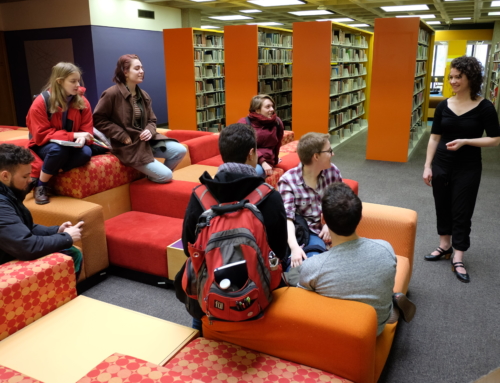
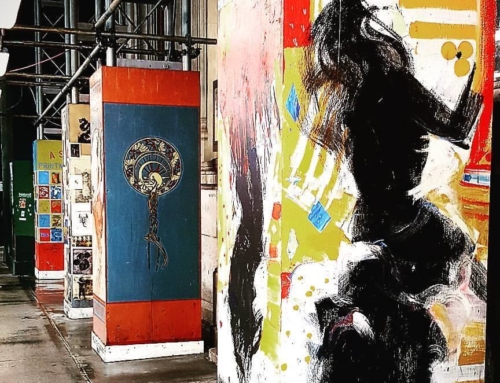
Leave A Comment